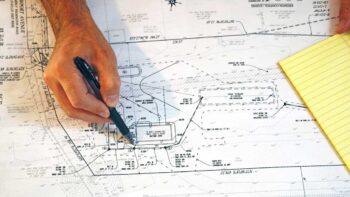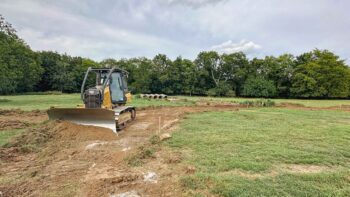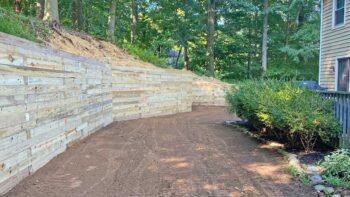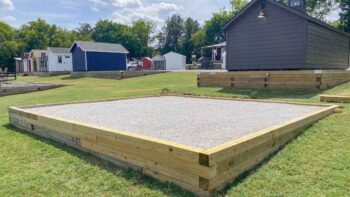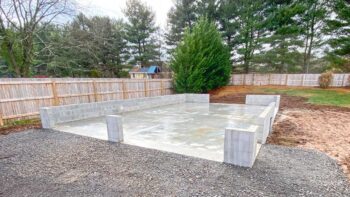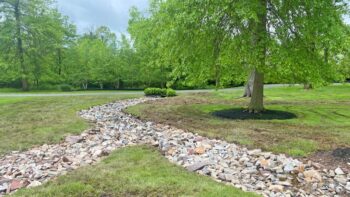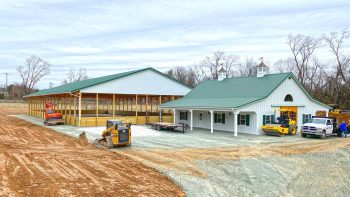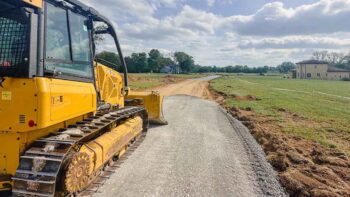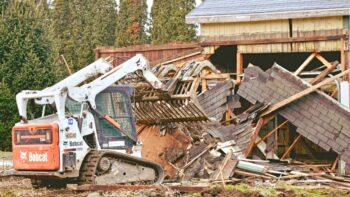BedRock Siteworks has many years of experience offering these services individually and in combination. We help you understand how foundations work and aid you in choosing the right foundation design for your building. We can guide you through the entire process; from helping you choose the right size for your structure, to applying for a building permit, performing the installation, and finishing the site work required.
Planning and Site Design
Upfront planning avoids costly mistakes.
Excavating and Site Preparation
Excavate, level, and prepare for building.
Retaining Walls
Increase usable space and prevent erosion.
Stone Base Foundations and Pads
The most popular base for your shed or pole barn.
Concrete Foundations
Permanent foundation for your shed or building.
Drainage and Erosion Solutions
Excess water management, a better property.
Equestrian Arenas
A place for horse activities and training.
Gravel and Concrete Driveways
Affordable gravel or permanent concrete.
Demolition
Remove buildings, brush, other site material.

